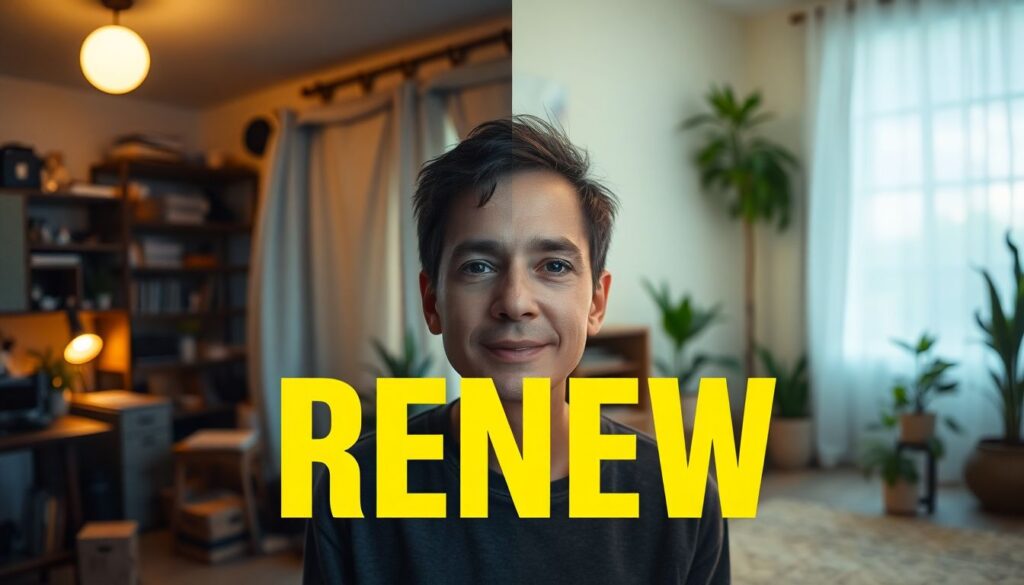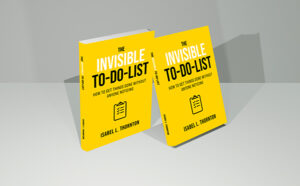
Autistic burnout often feels like a life on pause—just surviving each day, energy gone, motivation buried, joy hard to reach. But what if recovery wasn’t just about survival, but also about transformation? Small lifestyle changes—when made intentionally and with compassion—can move you from barely coping to finally thriving.
In Embracing Self-Care for Autistic Burnout: Your comprehensive resource for managing autistic burnout, we go beyond the basics of recovery and help readers explore how long-term lifestyle adjustments can improve energy, reduce stress, and promote sustainable well-being.
Survival Mode Is Real—But It Doesn’t Have to Be Forever
When you’re deep in burnout, things like eating regularly, leaving the house, or even brushing your teeth can feel like monumental tasks. Survival mode prioritizes the bare minimum—and that’s okay at first. But recovery becomes more sustainable when we slowly rebuild a life that supports—not sabotages—our neurological needs.
Lifestyle Changes That Actually Support Autistic Brains
Let’s be clear: This isn’t about self-optimization or “fixing” yourself. It’s about creating a life aligned with how you function best. Here are a few powerful shifts that have helped many autistic adults transition out of chronic burnout:
1. Sleep Hygiene That Honors Sensory Needs
- Blackout curtains, weighted blankets, soft textures
- Avoiding blue light or social media before bed
- Custom sleep routines that soothe, not stimulate
2. Low-Demand Nutrition Strategies
- Safe foods always available (no pressure to diversify overnight)
- Meal prepping energy-friendly snacks
- Supplement support if food aversions are intense
3. Movement That’s Repetitive and Regulating
- Walking the same route
- Stretching with background noise
- Dancing or rocking for emotional release
Movement doesn’t have to be exercise—it can be regulation.
4. Creating a Burnout-Preventive Environment
- Decluttering overstimulating spaces
- Having “quiet zones” at home or work
- Using signs, scripts, or tech to reduce decision fatigue
5. Simplifying Communication and Boundaries
- Pre-written scripts for saying no
- Clear signals to loved ones when you need space
- Visual tools for emotion tracking or needs expression
Real Results, Real People
In the book, we share case studies from autistic adults who made small but powerful changes—like switching to part-time work, requesting accommodations, or reframing how they viewed productivity.
“It wasn’t about becoming someone new. It was about giving myself permission to live as I am—and that changed everything.” – Amazon Reviewer
This Is a Long Game—Go Gently
Lifestyle changes are most effective when made gradually. No all-or-nothing plans. No crash recoveries. Just honest awareness of what drains you, what supports you, and what routines feel authentically sustainable.
Embracing Self-Care for Autistic Burnout helps you build that life—one aligned with your real energy, values, and needs.
🌱 Begin your journey from surviving to thriving
💬 “This book gave me permission to slow down, simplify, and start again. It’s not just recovery—it’s renewal.”





